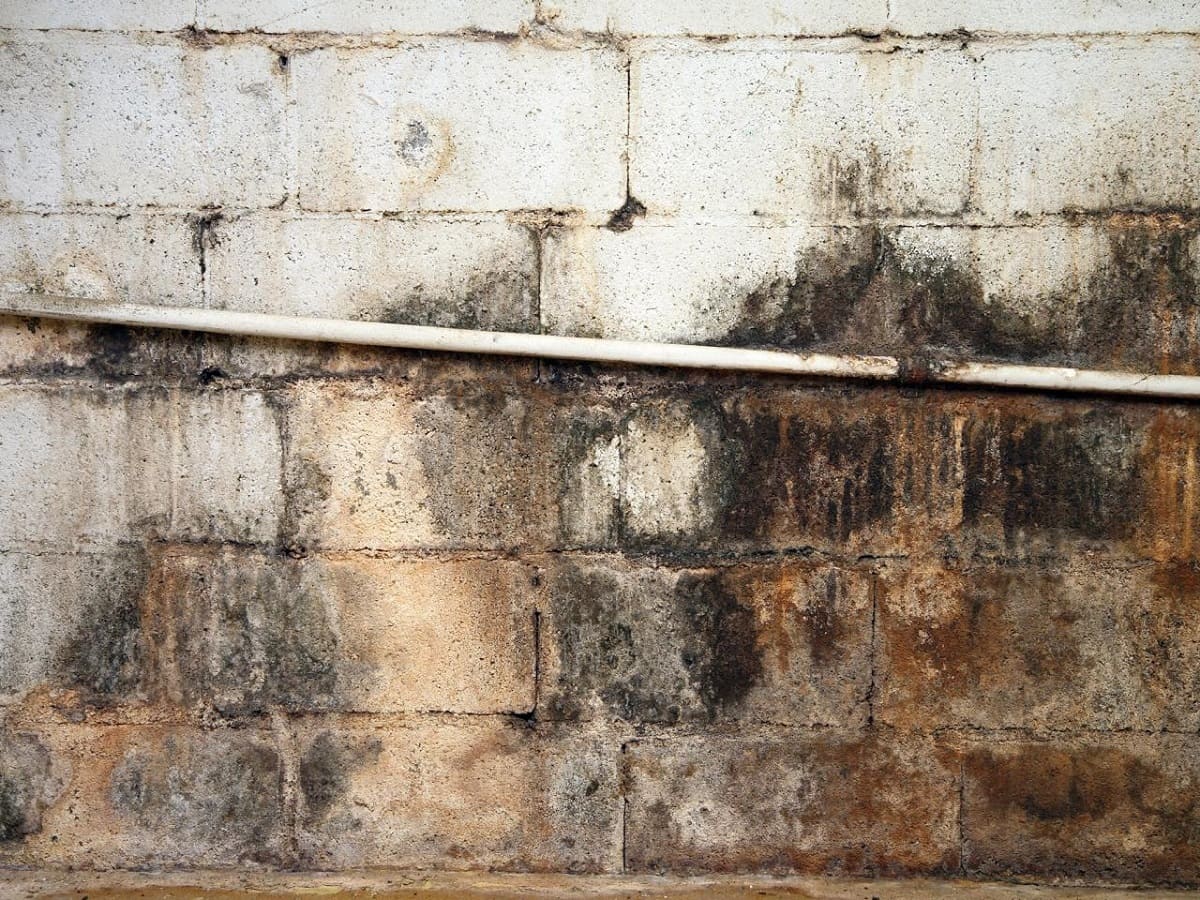

Articles
What Does Mold In Basement Look Like
Modified: January 18, 2024
Discover what mold in your basement looks like and how to identify it with our informative articles. Keep your home safe and healthy today!
(Many of the links in this article redirect to a specific reviewed product. Your purchase of these products through affiliate links helps to generate commission for Storables.com, at no extra cost. Learn more)
Introduction
Mold in the basement is a common problem that many homeowners have to deal with. Not only can it cause unsightly damage to your property, but it can also pose serious health risks to you and your family. Understanding what mold looks like in the basement and knowing how to identify and prevent it is crucial in maintaining a safe and healthy living environment.
In this article, we will explore the different types of mold commonly found in basements, discuss how to identify mold through visual inspection, highlight the signs of mold infestation, and delve into the health risks associated with basement mold. Additionally, we will provide tips on preventing mold growth in the basement and discuss the process of removing and remediation in case of an infestation.
By the end of this article, you will have a comprehensive understanding of what mold in the basement looks like, the importance of early detection, and the necessary steps to prevent and address this issue.
Key Takeaways:
- Identifying and addressing basement mold promptly is crucial to prevent property damage and health risks. Visual inspection, preventive measures, and professional remediation are essential for maintaining a safe and healthy living environment.
- Preventing mold growth in basements involves controlling moisture, improving ventilation, and using mold-resistant materials. Prompt action, thorough cleaning, and addressing underlying moisture issues are vital for effective mold removal and prevention.
Read more: What Does Basement Mold Smell Like
Understanding Basement Mold
Mold is a type of fungus that thrives in damp and humid environments. Basements often provide the perfect conditions for mold growth due to their low light, high moisture levels, and lack of proper ventilation. When moisture builds up in the basement, whether due to water leaks, flooding, or excess humidity, it creates an ideal environment for mold spores to multiply and thrive.
Basement mold is not only a cosmetic issue but can also cause structural damage to your home and pose health risks to you and your family. Mold can weaken the integrity of building materials, leading to decay and degradation. Moreover, it releases spores into the air, which can trigger allergies and respiratory problems in susceptible individuals.
There are several common types of mold that are typically found in basements. Some of the most prevalent include:
- Cladosporium: This type of mold is typically black or green and can grow on surfaces such as wood, insulation, and fabrics.
- Aspergillus: Aspergillus can be white, gray, yellow, green, or black and is commonly found in damp areas. It can cause respiratory issues, especially in individuals with weakened immune systems.
- Stachybotrys chartarum: Also known as black mold, Stachybotrys chartarum is greenish-black and often appears slimy. It thrives in areas with excessive moisture, such as after water damage or flooding.
- Penicillium: Penicillium mold can have a blue or green appearance and is frequently found on surfaces such as wallpaper, carpets, and insulation.
It is important to understand the characteristics and visual appearance of these mold types to properly identify and address a mold issue in your basement. By being able to recognize mold growth, you can take appropriate action to prevent further damage and protect the health of your household.
Common Types of Mold Found in Basements
Basements provide an optimal environment for mold growth due to their dampness and lack of sunlight. Various types of mold can thrive in these conditions, each with its own characteristics and potential health risks. Understanding the common types of mold found in basements can help you identify them and take appropriate measures for prevention and remediation.
1. Cladosporium: This is one of the most common types of mold found in basements. It typically appears as black or green spots on surfaces such as walls, floors, and ceilings. Cladosporium can cause respiratory issues, triggering allergy symptoms and asthma attacks in susceptible individuals.
2. Aspergillus: Aspergillus is a mold commonly found in damp areas such as basements. It can have various colors, including white, gray, yellow, green, or black. Exposure to Aspergillus can lead to respiratory problems, particularly in individuals with weakened immune systems.
3. Stachybotrys chartarum: Also known as black mold, Stachybotrys chartarum is notorious for its dark greenish-black appearance. It prefers areas with excessive moisture and is often associated with water damage or flooding. Black mold can cause severe health issues, including respiratory problems, allergic reactions, and even neurological symptoms in some cases.
4. Penicillium: Penicillium is a type of mold that can have a blue or green appearance. It is commonly found on surfaces such as wallpaper, carpets, and insulation. While penicillium mold is less harmful than some other types, prolonged exposure can still cause respiratory problems and allergic reactions.
5. Alternaria: This type of mold is commonly found in damp and humid environments, such as basements. It has a velvety texture and can range in color from brown to black. Exposure to Alternaria can trigger asthma attacks and allergic reactions, particularly in individuals with sensitivity to mold.
When dealing with mold in your basement, it’s important to note that some types of mold can release toxins known as mycotoxins. These mycotoxins can pose additional health risks, especially when exposed to them for prolonged periods.
To ensure the safety of your household, it is recommended to contact a professional mold remediation service if you suspect the presence of toxic molds like black mold. They have the knowledge and expertise to identify and safely remove mold, minimizing the risks to your health.
Identifying Basement Mold through Visual Inspection
Visual inspection is one of the primary methods to identify the presence of mold in your basement. Being able to recognize the signs of mold growth can help you take prompt action to address the issue before it worsens. Here are some key steps to help you identify basement mold through visual inspection:
1. Look for discoloration: Mold often appears as discolored patches on surfaces. These patches can be black, green, brown, yellow, or even white. Pay close attention to walls, floors, ceilings, and any visible organic materials such as wood or fabrics. Discoloration may indicate the presence of mold.
2. Check for a fuzzy or powdery texture: Mold colonies typically have a fuzzy or powdery texture. If you notice any areas with a furry or dusty appearance, it could be a sign of mold growth.
3. Inspect for a musty odor: Mold often produces a distinct musty smell. If you notice a strong and unpleasant odor in your basement, it could be an indication of hidden mold growth. The odor may be more noticeable in enclosed spaces or after heavy rainfall.
4. Examine hidden areas: Mold can thrive in hidden areas such as behind walls, under flooring, or inside furniture. Use a flashlight and inspect any cracks, crevices, or dark corners to check for signs of mold growth. If there has been a history of water leaks or flooding in your basement, be especially vigilant in these areas.
5. Keep an eye out for water stains: Water stains on walls or ceilings can be an indication of ongoing moisture issues. Where there is moisture, mold can quickly follow. If you notice any water stains, it is crucial to address the source of the moisture to prevent mold growth.
It is important to note that visual inspection alone may not be sufficient to determine the presence of mold with certainty. Mold can sometimes be hidden behind walls or in areas not easily accessible. In such cases, it is recommended to consult a professional mold inspector who can conduct more detailed testing using specialized equipment.
If you suspect or identify mold in your basement, it is vital to address the issue promptly. Mold can spread rapidly and cause further damage to your property and health. Consult a qualified mold remediation specialist to develop a plan of action and safely remove the mold from your basement.
Characteristics of Mold Growth in Basements
Mold growth in basements can have distinct characteristics that indicate its presence. Understanding these characteristics can help you identify and address mold growth in a timely manner. Here are the key characteristics to look out for:
1. Dampness and high humidity: Mold thrives in environments with high moisture levels. Basements are particularly prone to dampness and high humidity, which create ideal conditions for mold growth. If your basement feels consistently damp or has excessive condensation on surfaces, it is more likely to foster mold growth.
2. Visible discoloration: Mold often appears as discolored patches on surfaces. These patches can be black, green, brown, yellow, or white, depending on the type of mold. Pay attention to walls, floors, ceilings, and any visible organic materials. Discoloration is a common sign of mold growth.
3. Musty odor: Mold emits a distinctive musty odor. If you notice an unpleasant and persistent musty smell in your basement, it could be an indication of mold growth. Even if you don’t see visual signs of mold, a musty smell suggests the presence of hidden mold that needs to be addressed.
4. Visible mold growth: In some cases, you may observe actual mold growth, particularly in areas where moisture is prevalent. Mold can appear fuzzy, powdery, or even slimy depending on the specific type. It is important to take immediate action if you see visible mold growth in your basement.
5. Peeling or bubbling paint and wallpaper: Mold growth can cause paint and wallpaper to peel, bubble, or crack. Moisture from the mold can weaken the adhesion of these materials to the surface, leading to visible damage. If you notice any unusual changes in the condition of your basement walls or wallpaper, it is worth investigating for potential mold growth.
6. Allergic reactions or respiratory symptoms: Mold growth in basements can lead to allergic reactions and respiratory symptoms in individuals who are sensitive to mold spores. If you or your family members experience unexplained allergy symptoms such as sneezing, coughing, or eye irritation when spending time in the basement, it could be an indication of mold presence.
It is important to note that mold growth may not always be visible to the naked eye. Mold can grow behind walls, under flooring, or in hidden areas where moisture is present. If you suspect hidden mold or have persistent moisture issues but cannot identify the source, consulting a professional mold inspector can help identify and address the problem.
Addressing mold growth promptly is essential to prevent further damage to your property and protect the health of your household. Contact a professional mold remediation service to assess the situation, identify the underlying cause of the mold growth, and develop a comprehensive plan to eliminate the mold from your basement.
Mold in the basement can appear as black, green, or white patches on walls, floors, or ceilings. It may also have a musty odor. Regularly inspect your basement for any signs of mold and address any moisture issues promptly to prevent its growth.
Read more: What Does Mold Look Like On Ceiling
Signs of Mold Infestation in Basements
Mold infestation in basements can be a common problem, and it is essential to identify and address it promptly to prevent further damage and health risks. Here are the key signs to watch out for that indicate a mold infestation in your basement:
1. Visible mold growth: One of the most obvious signs of a mold infestation is the presence of visible mold growth. Mold may appear as patches or streaks of black, green, brown, yellow, or white on surfaces such as walls, floors, ceilings, or other organic materials. If you notice any discoloration, it is crucial to investigate further for mold presence.
2. Musty odor: Mold emits a distinct musty odor. If you notice a persistent and unpleasant smell in your basement, even if you cannot see any visible mold growth, it could be an indication of hidden mold. The musty smell is often described as earthy or damp and may become more noticeable when the basement is closed or after rainfall.
3. Increased allergy symptoms: Mold spores can trigger allergic reactions in individuals who are sensitive to them. If you or your family members experience unexplained allergy symptoms when spending time in the basement, such as sneezing, coughing, itchy or watery eyes, or a runny nose, it could indicate the presence of mold. Pay attention to whether these symptoms improve when you leave the basement.
4. Water damage or recurring leaks: Moisture is a key factor in mold growth. If your basement has a history of water damage, floods, or recurring leaks, it provides a conducive environment for mold to thrive. Look for signs of water stains, discoloration, or structural damage in the basement, as these can be indicators of mold infestation.
5. Peeling or bubbling paint and wallpaper: Mold growth can cause paint and wallpaper to peel, bubble, or crack. Moisture from the mold can weaken the adhesion of these materials to the surface, leading to visible damage. If you notice any unusual changes in the condition of walls or wallpaper in the basement, it could be a sign of mold growth behind these surfaces.
6. Condensation: Excessive condensation on windows, pipes, or other surfaces in the basement can indicate high humidity levels. Mold thrives in environments with high moisture, so the presence of condensation suggests an increased risk of mold growth. Monitor areas prone to condensation and address the source of moisture to prevent mold infestation.
If you observe any of these signs of mold infestation in your basement, it is crucial to take action promptly. Mold can spread quickly and cause further damage to your property and health. Contact a professional mold remediation service to assess the extent of the infestation, identify the underlying cause, and safely remove the mold from your basement.
Potential Health Risks Associated with Basement Mold
Basement mold not only poses risks to your property but also to your health and well-being. Exposure to mold spores and the byproducts they produce can lead to a range of health issues, particularly for individuals with allergies, respiratory conditions, or weakened immune systems. Here are the potential health risks associated with basement mold:
1. Allergic reactions: Mold spores can trigger allergic reactions in susceptible individuals. Symptoms may include nasal congestion, sneezing, coughing, itchy or watery eyes, skin rashes, and throat irritation. If you notice an increase in these allergy symptoms when spending time in the basement, it could be a sign of mold exposure.
2. Asthma exacerbation: Mold can worsen asthma symptoms and trigger asthma attacks in individuals with the condition. Breathing in mold spores or the volatile organic compounds (VOCs) released by mold can irritate the airways and make breathing difficult for asthma sufferers.
3. Respiratory problems: Prolonged exposure to mold can cause respiratory problems in both healthy individuals and those with pre-existing respiratory conditions. This can manifest as coughing, wheezing, shortness of breath, chest tightness, and respiratory infections.
4. Immune system suppression: Some species of mold, such as black mold (Stachybotrys chartarum), can produce mycotoxins, which are toxic substances. Prolonged exposure to these mycotoxins can weaken the immune system, making individuals more susceptible to infections and illnesses.
5. Skin irritation: Direct contact with mold or its spores can cause skin irritation, rashes, and itching. This is more commonly observed in individuals with sensitive skin or a history of skin conditions.
6. Neurological symptoms: In rare cases, exposure to certain molds and their mycotoxins can result in neurological symptoms. These symptoms may include headaches, dizziness, difficulty concentrating, memory problems, and mood changes.
It is important to note that the severity of health risks can vary depending on the individual’s sensitivity, the amount and duration of exposure, and the specific type of mold or mycotoxins present. Some individuals may be more susceptible to mold-related health issues than others.
To protect your health, it is crucial to address any mold infestation in your basement promptly. This includes removing the mold and fixing the underlying moisture issue to prevent further growth. If you have concerns about potential health risks or if you or your family members experience persistent or severe symptoms, it is advisable to consult with a healthcare professional.
Preventing Mold Growth in Basements
Preventing mold growth in basements is essential to maintain a safe and healthy living environment for you and your family. By taking proactive measures to control moisture and implement preventive strategies, you can significantly reduce the risk of mold infestation. Here are some effective ways to prevent mold growth in basements:
1. Control moisture levels: The key to preventing mold growth is to control moisture in the basement. Repair any water leaks, fix plumbing issues promptly, and ensure proper drainage outside the foundation to prevent water accumulation. Use dehumidifiers to maintain humidity levels below 50%, as mold thrives in high humidity environments.
2. Promote ventilation: Improve air circulation and ventilation in the basement by opening windows, using fans, or installing vents. This helps to reduce moisture and prevents the buildup of stagnant air, which can contribute to mold growth.
3. Insulate and waterproof: Insulate basement walls and floors to prevent condensation. Additionally, consider applying waterproof coatings or sealants to basement walls to create a barrier against moisture intrusion.
4. Use mold-resistant materials: When renovating or remodeling your basement, choose mold-resistant materials such as mold-resistant drywall and paints. These materials have additives that inhibit mold growth and can help prevent the spread of mold if moisture is present.
5. Properly maintain HVAC systems: Regularly inspect and maintain your HVAC (heating, ventilation, and air conditioning) systems. Clean or replace filters as recommended, and ensure proper airflow throughout the basement. This helps to reduce the presence of mold spores in the air.
6. Monitor and address moisture issues: Regularly check for signs of moisture, such as water stains, dampness, or condensation. If you notice any moisture issues or water intrusion, investigate and address the source immediately to prevent mold growth.
7. Keep the basement clean and clutter-free: Clutter can restrict airflow and create hiding places for mold growth. Regularly clean your basement and remove any debris or organic materials that may be susceptible to mold growth, such as cardboard boxes, old papers, or damp clothing.
8. Monitor and address basement humidity: Use a hygrometer to monitor humidity levels in the basement regularly. If humidity levels consistently exceed 50%, take steps to reduce it by using a dehumidifier, improving ventilation, or addressing any moisture issues that may contribute to high humidity.
9. Address outdoor drainage issues: Ensure that water from downspouts and gutters is directed away from the foundation of your home. Properly functioning gutters and downspouts will help prevent water from seeping into the basement.
By implementing these preventive measures, you can create an inhospitable environment for mold growth in your basement. Regular maintenance and vigilance are key to ensuring long-term mold prevention. However, if you do notice signs of mold growth despite these efforts, it is important to take immediate action to address the infestation and prevent further spread.
Removing and Remediation of Basement Mold
When it comes to removing and remediating basement mold, it is crucial to handle the process properly to ensure effective and safe elimination of the mold and to prevent its recurrence. Here are the steps involved in removing and remediating basement mold:
1. Assessment: Before starting the remediation process, assess the extent of the mold infestation in your basement. Determine the affected areas and the potential cause of the mold growth. If the mold covers a large area or is hidden behind walls or flooring, it may be necessary to consult a professional mold remediation service for a more thorough assessment.
2. Containment: To prevent the spread of mold spores during the removal process, it is important to establish containment measures. Use plastic sheeting to isolate the affected area and seal off doorways, vents, and other openings. This helps to prevent cross-contamination and protects other areas of your home from mold exposure.
3. Personal Protective Equipment (PPE): Before starting the removal process, ensure that you have the appropriate personal protective equipment. This includes gloves, goggles, and a respirator to protect yourself from mold spores and other potential hazards during remediation.
4. Removal: Begin by removing any wet or damaged materials that are beyond repair, such as carpeting, drywall, or insulation. Bag these materials in sealed plastic bags to prevent further contamination. Use a stiff brush and a mold-specific cleaner or a mixture of water and detergent to scrub and remove visible mold from hard surfaces. Ensure that all affected surfaces are thoroughly cleaned and dried.
5. HEPA Vacuuming: Use a high-efficiency particulate air (HEPA) vacuum to carefully clean the area, including the surfaces, cracks, and crevices, to remove any remaining mold spores and debris. The HEPA filter will capture tiny mold spores to prevent their release into the air.
6. Drying the area: After the mold removal process, it is important to thoroughly dry the affected area to prevent future mold growth. Use fans, dehumidifiers, or open windows to promote air circulation and aid in drying. It is crucial to address any underlying moisture issues that may have contributed to the mold growth to prevent its recurrence.
7. Disposal: Properly dispose of all materials and debris contaminated with mold in sealed bags. Follow local regulations for proper disposal methods and contact your local waste management facility for guidance on the appropriate procedures.
8. Prevention: Once the mold has been removed, take steps to prevent future mold growth in your basement. This includes addressing moisture sources, improving ventilation, maintaining proper humidity levels, and promptly repairing any leaks or water damage.
If the mold infestation is extensive, hidden, or recurring despite your efforts, it is recommended to seek the assistance of a professional mold remediation service. They have the expertise, equipment, and experience to handle more complex situations and ensure thorough mold removal.
Remember, the key to successful mold remediation is not only removing the mold but also addressing the underlying moisture issues to prevent its return. By following these steps and taking preventive measures, you can safeguard your basement from mold infestations and create a healthier living environment.
Read more: What Does Mold In A Carpet Look Like
Conclusion
Mold growth in basements is a common problem that can have serious implications for both your property and your health. Understanding the signs of mold growth, common types of mold, and the associated health risks is crucial for early detection and prompt action. By taking the necessary preventive measures and following proper remediation protocols, you can prevent mold from taking hold in your basement and ensure a safe and healthy living environment for you and your family.
Visual inspection is a key tool in identifying basement mold, looking out for discoloration, musty odors, and visible mold growth. However, it is important to remember that some mold may be hidden behind walls or in hard-to-reach areas, requiring professional inspection if necessary.
Preventing mold growth in basements involves controlling moisture levels by addressing leaks, improving ventilation, and maintaining proper humidity levels. Additionally, utilizing mold-resistant materials and keeping the basement clean and clutter-free can help create an inhospitable environment for mold growth.
If you do encounter mold in your basement, it is crucial to take action promptly. This includes properly removing and remediating the mold, using containment measures, personal protective equipment, and thorough cleaning. Drying the area and addressing underlying moisture issues are also important steps in preventing mold recurrence.
Remember, if the mold infestation is extensive or recurring, it is recommended to seek professional help to ensure the complete removal of mold and the identification and resolution of underlying issues.
By being proactive in preventing and addressing basement mold, you can protect your property from damage and safeguard the health and well-being of your family. Regular maintenance, vigilance, and a proactive approach are key to ensuring a mold-free basement environment.
Take control of your basement’s moisture levels, maintain proper ventilation, and promptly address any signs of mold growth. By doing so, you can create a clean, dry, and healthy basement space for you and your family to enjoy.
Frequently Asked Questions about What Does Mold In Basement Look Like
Was this page helpful?
At Storables.com, we guarantee accurate and reliable information. Our content, validated by Expert Board Contributors, is crafted following stringent Editorial Policies. We're committed to providing you with well-researched, expert-backed insights for all your informational needs.
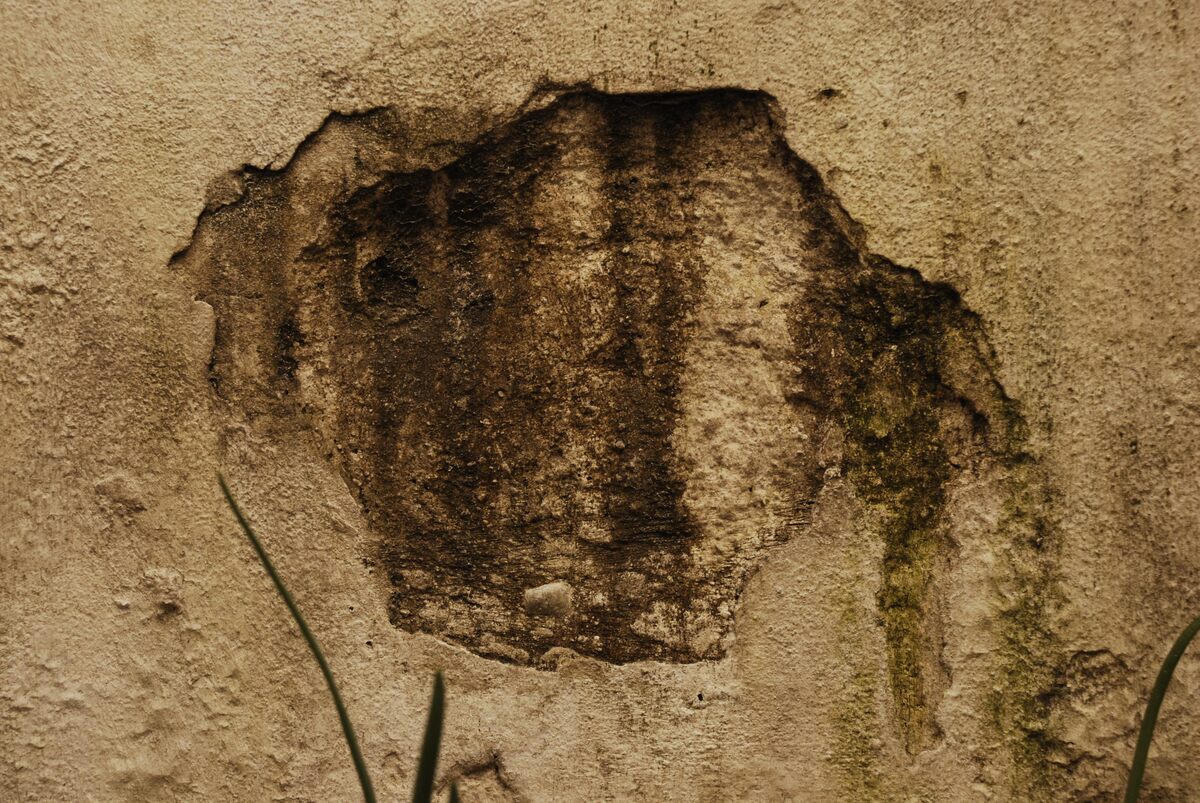
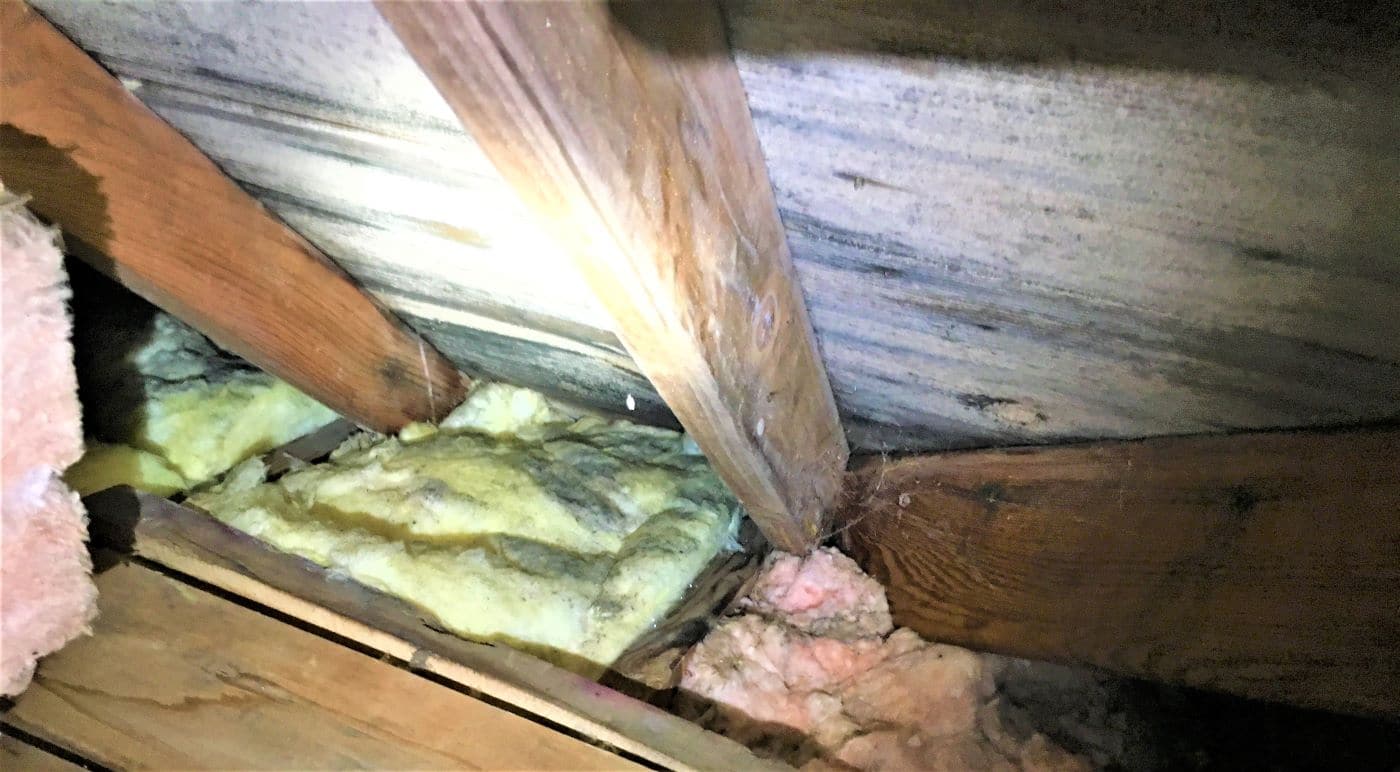
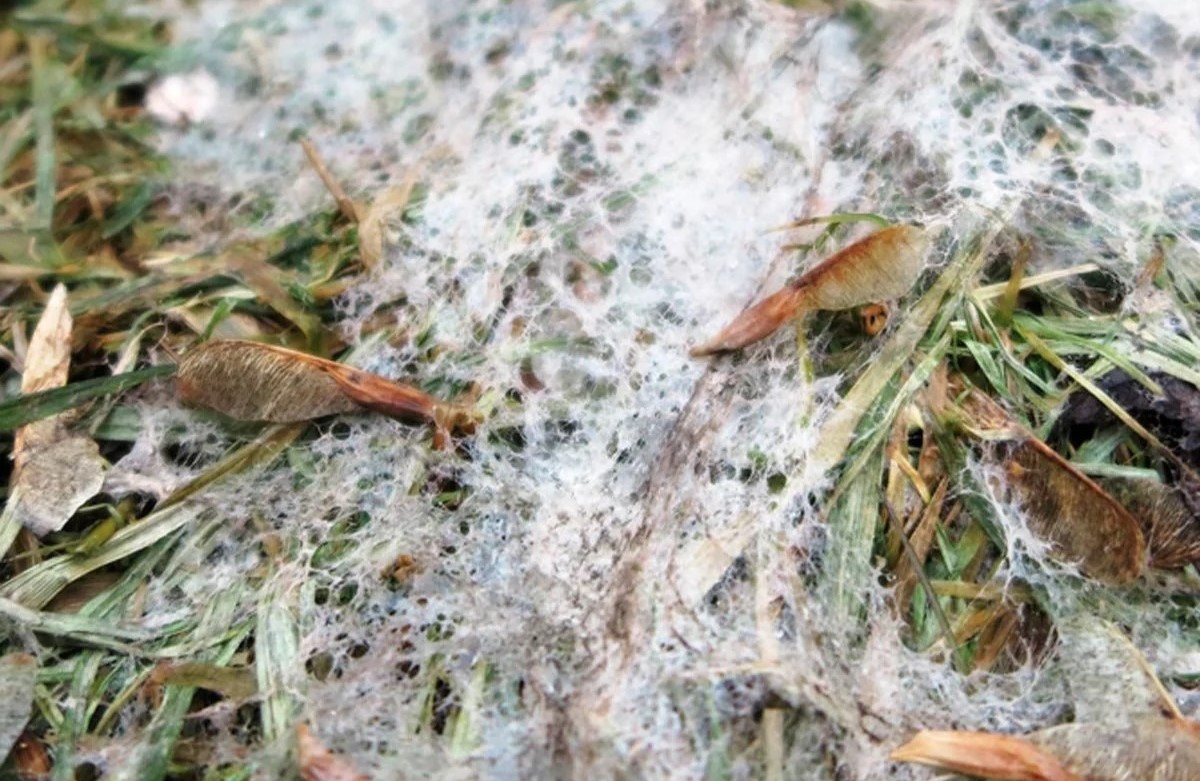
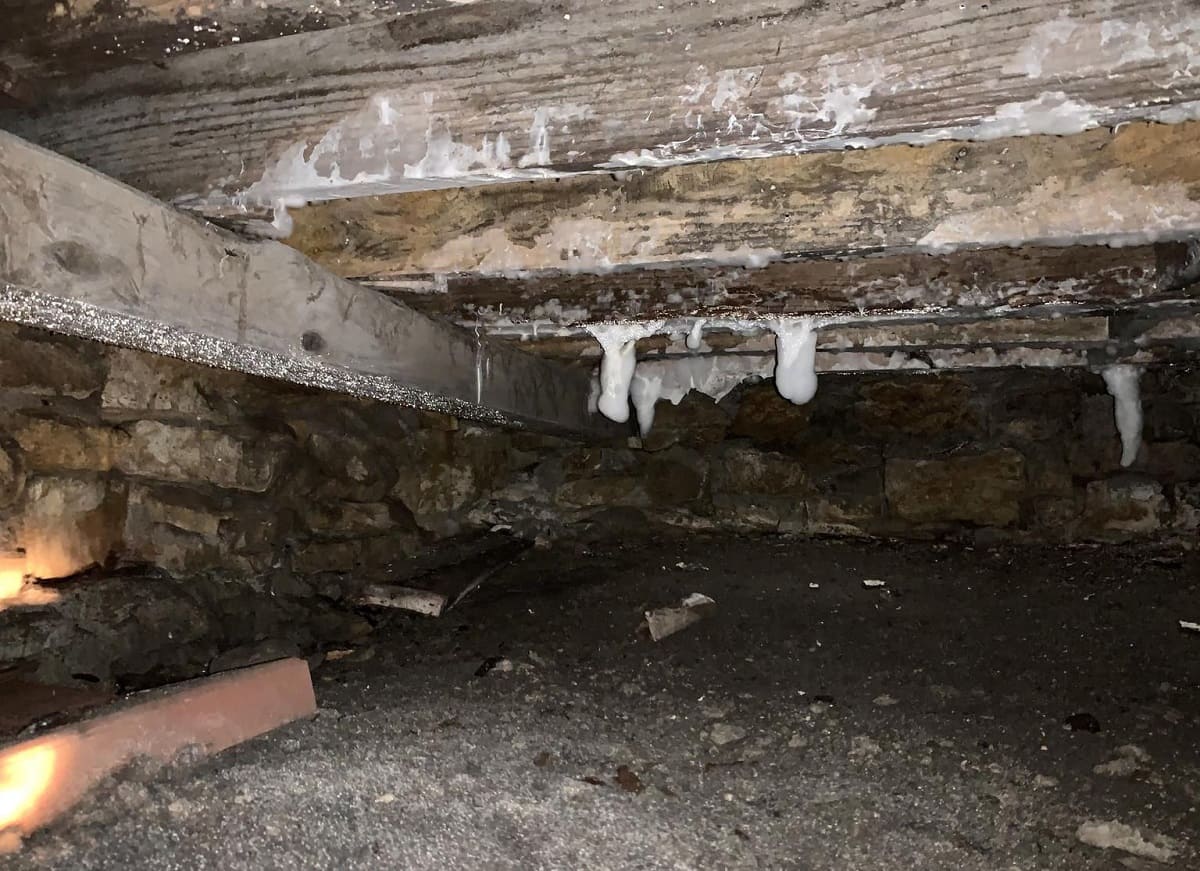
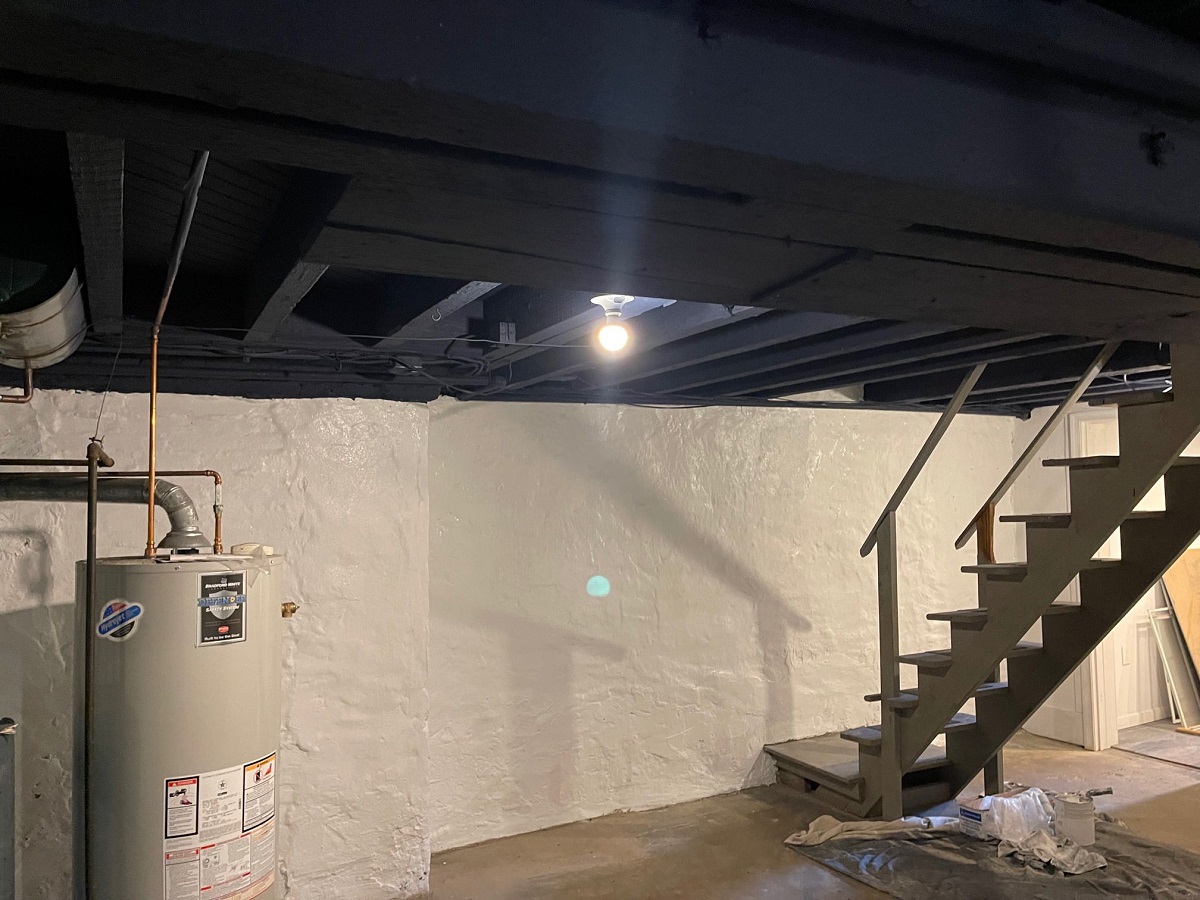
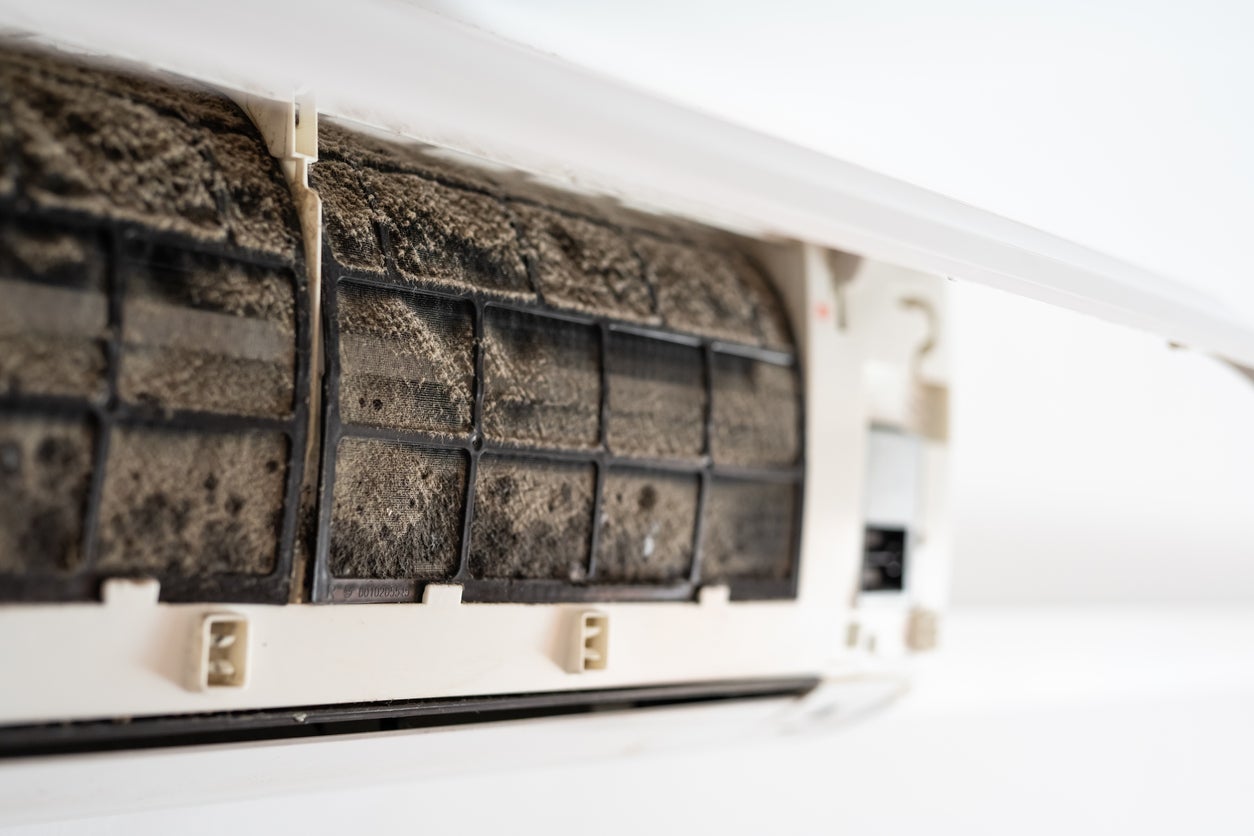

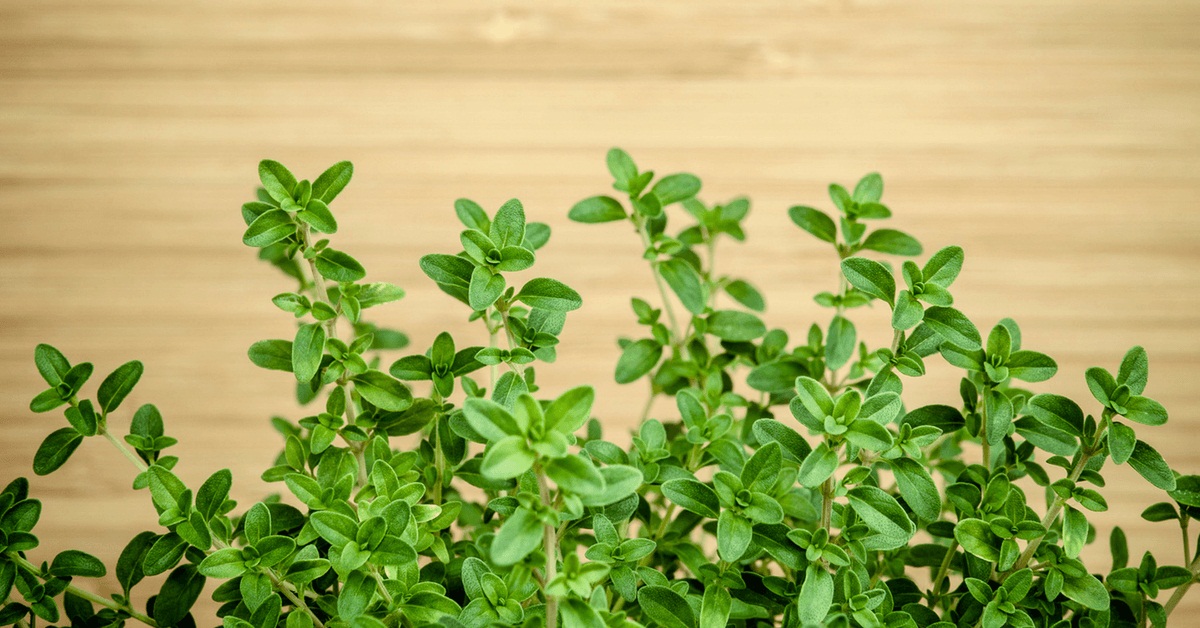
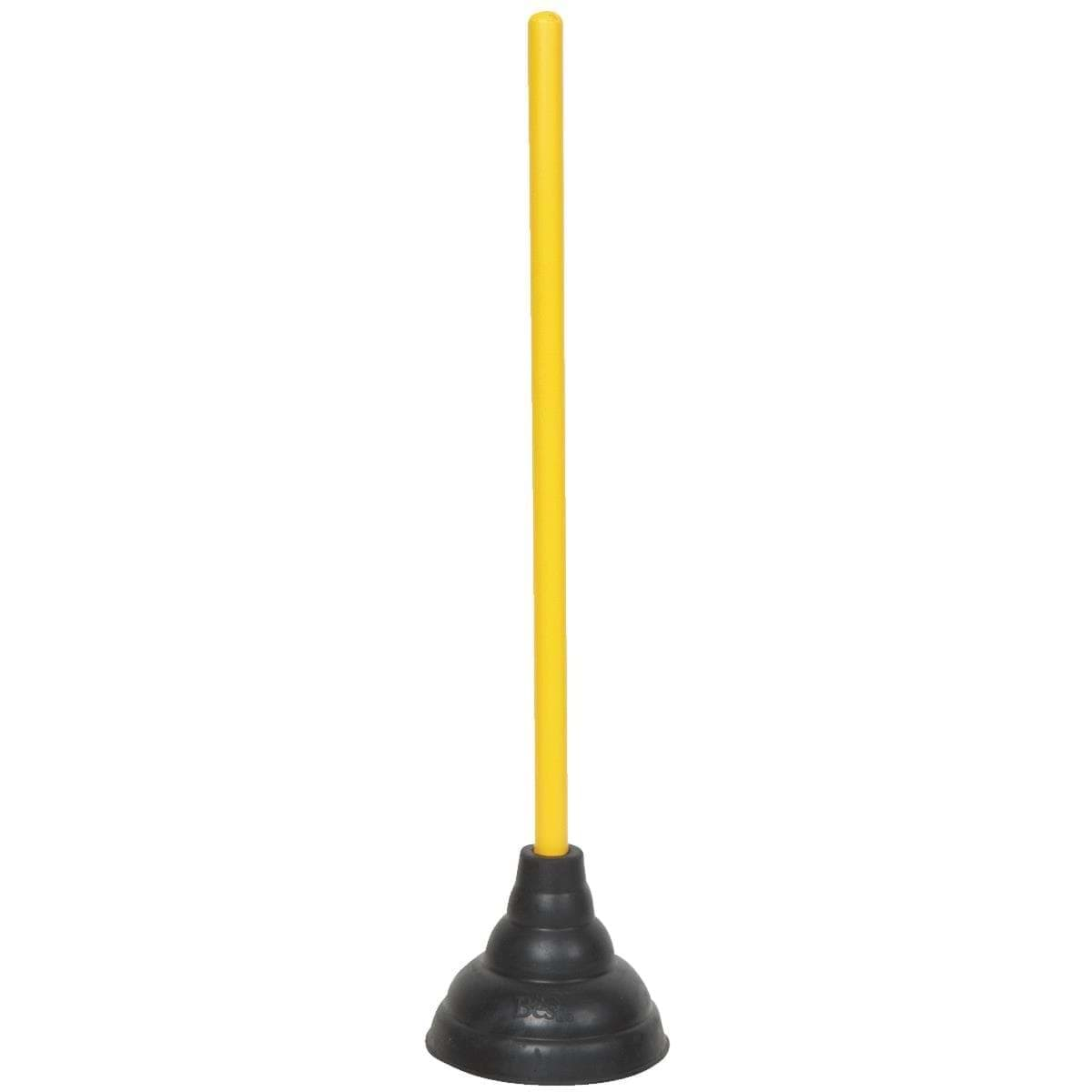


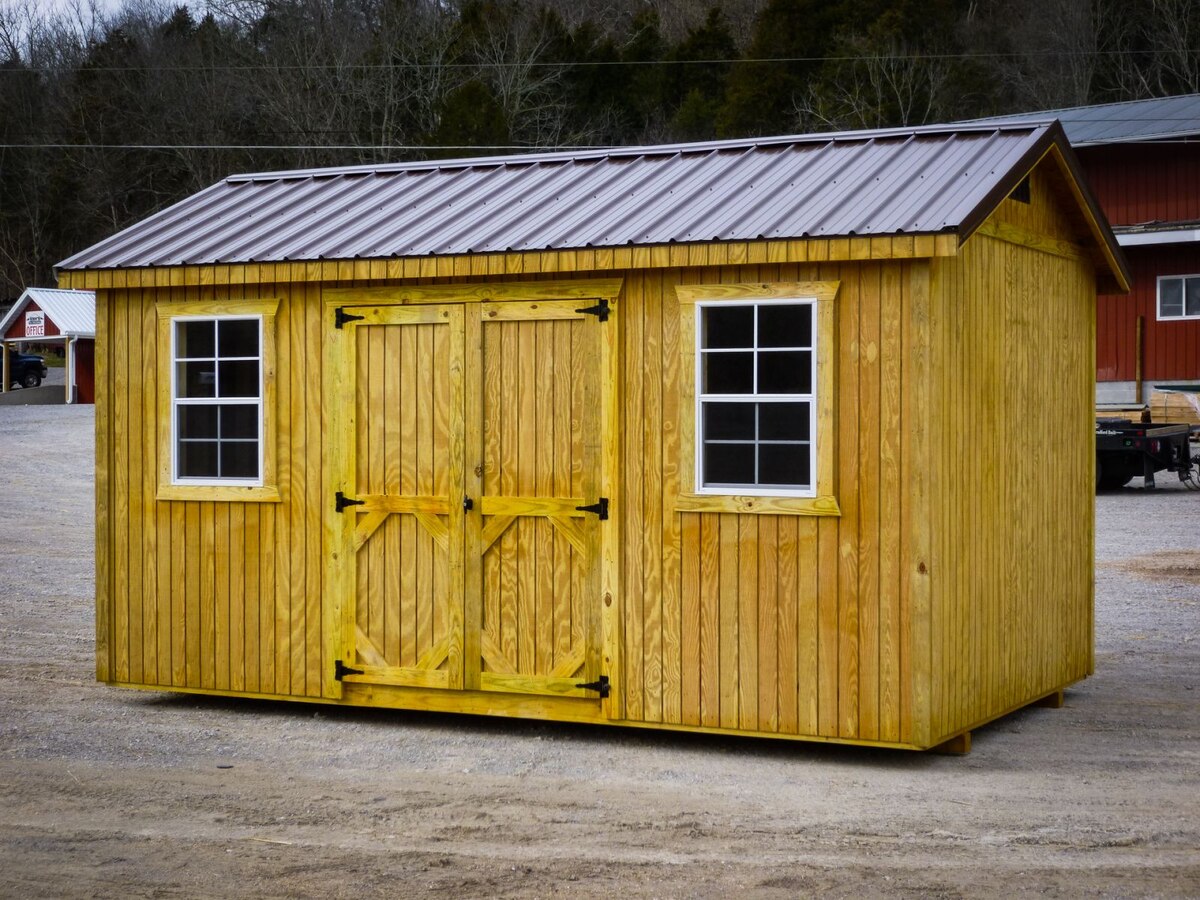
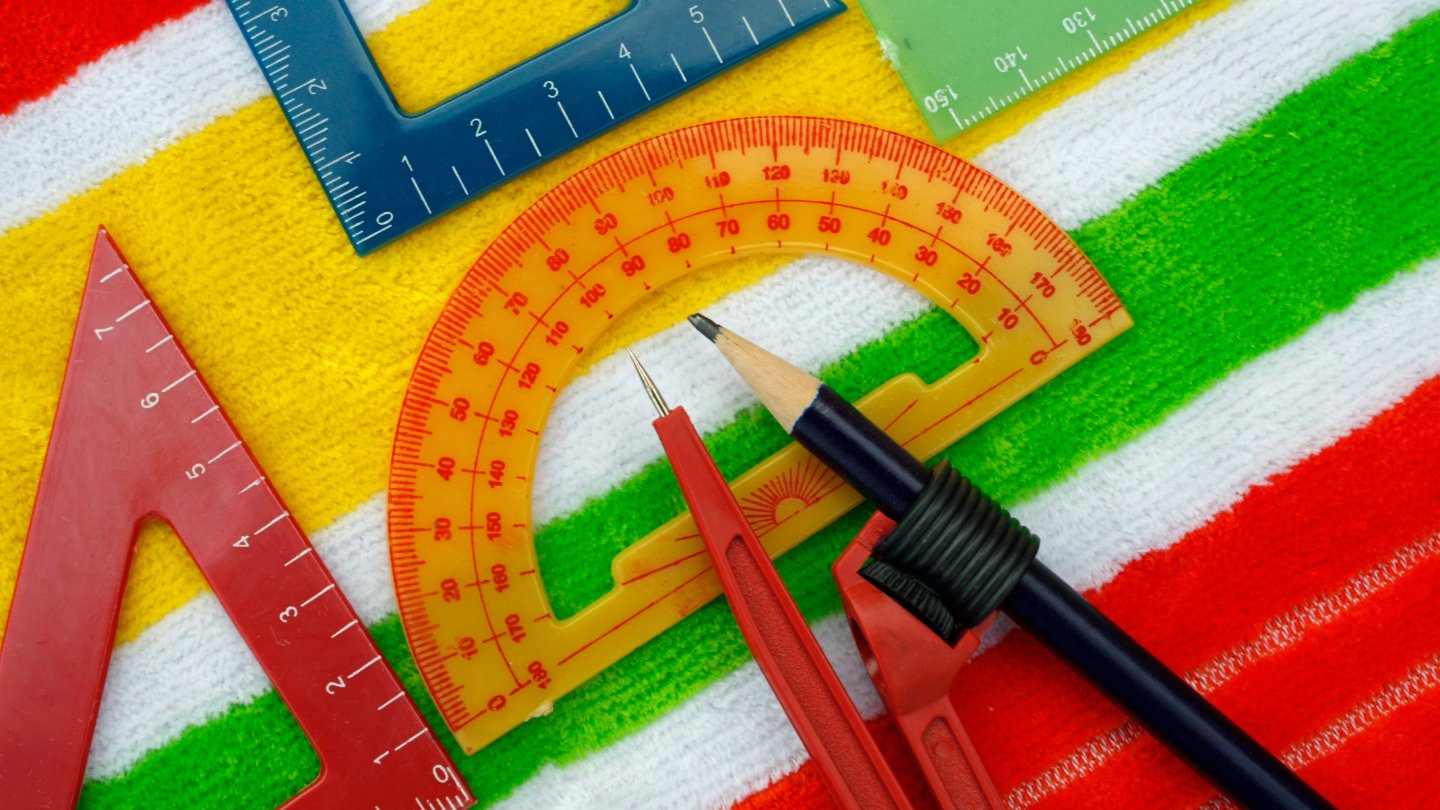

0 thoughts on “What Does Mold In Basement Look Like”